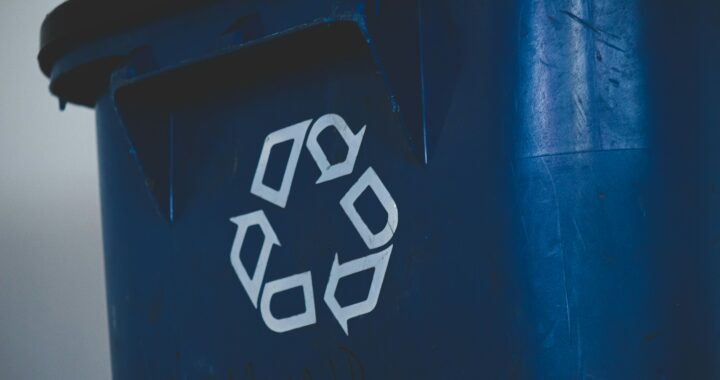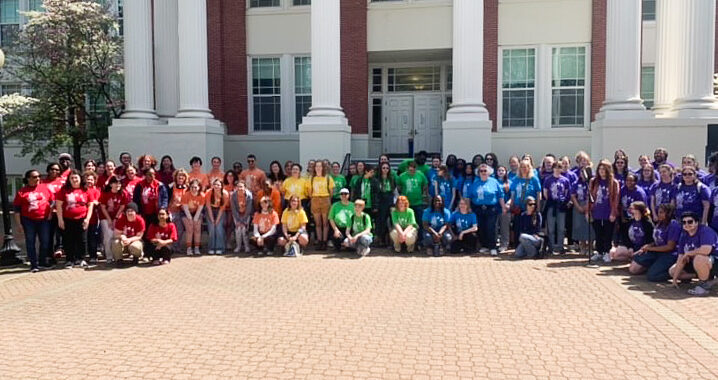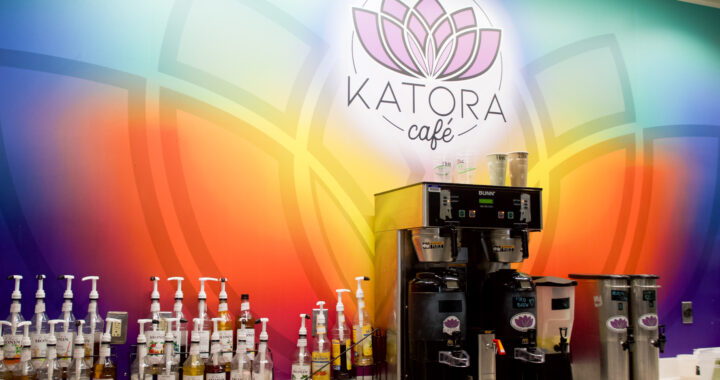Admissions Seeks Well-Rounded Students, Despite Lower GPAs
4 min readBy FRANCIS WOMBLE
Staff Writer
For prospective University of Mary Washington students, acceptance letters may be easier to obtain than in years past.
The September Board of Visitors meeting agenda indicated that this year’s freshman class had an average high school GPA, an average SAT score and an average ACT score that are lower than previous freshman classes.
Between the entering classes of fall 2009 and fall 2010, the mean high school GPA of accepted students fell slightly from 3.59 to 3.57, according to the agenda.
The agenda also said the SAT critical reading scores dropped from 592 to 587, the SAT math scores dropped from 572 to 565, and the SAT writing scores dropped from 581 to 573.
However, despite the slight decline in the accepted students’ GPAs and SAT scores, the mean ACT composite scores remained the same, at 25.3, according to the statistics in the agenda.
“I assumed average scores had fallen when I heard how many more students UMW was admitting,” junior Cole Eskridge said. “It frustrates me, because I feel that taking that action goes against the university’s goal to increase its academic reputation. However, the decision does allow for more money to be brought in to the school.”
Although current students might foresee a problem in lowering admissions statistics, the administration feels differently and describes the variance in admissions statistics as fluctuation.
President Rick Hurley describes the admissions process as holistic, in that the Office of Admissions does not use a rigid formula for admitting students, nor do they base decisions solely on test scores or grade point averages.
“We enroll students with a wide range of test scores, and the distribution of scores does fluctuate a bit from year-to-year,” he said.
Compared to the freshman class that entered in 2006, all of the statistics of admitted students dropped. According to the class profile from the fall semester of 2006, the mean high school GPA of admitted students was 3.65, 0.8 of a point lower than this year’s class profile. Additionally, all SAT categories dropped more than 20 points in their respective means.
Junior Anna Frybarger said if this change continues to grow and becomes a more significant number, she understands how it could put the school’s name in danger.
“In a state with so many top schools, I would not like UMW’s reputation to change for the worse,” Frybarger said.
At UVA, 89 percent of the incoming freshman class had a high school GPA of 3.75 or higher, compared to 36 percent at UMW, according to the College Board.
Similarly, the College Board reported that 78 percent of the incoming freshman class at William and Mary had a high school GPA of 3.75 or higher. Both schools have higher ACT and SAT scores than Mary Washington.
Given this information, UMW’s entrance GPA and test scores more closely resemble those of Christopher Newport University than those of UVA or William and Mary.
According to the College Board, 33 percent of students enter CNU with a high school GPA of 3.75 or higher, compared to 36 percent at UMW. The mean of the middle 50 percent of ACT scores show that CNU ranks less than one point lower than UMW.
Additionally, the SAT critical reading scores are 13 points higher at CNU. Math scores are also 35 points higher at CNU. The mean of the middle 50 percent of Longwood University’s ACT scores is also only 3.3 points lower than UMW’s score, according to the College Board.
Junior Robert Meissner said he was unaware that scores among incoming students declined within the past year and feels that instead of focusing on enrollment quotas, UMW should focus on diversity.
“I don’t think that Mary Washington should lower its standards just to maintain enrollment quotas,” Meissner said. “What Mary Washington needs to do is pursue more dynamic recruiting for new students. We’re in a period of transition and need to rethink how we define our school and market it to prospective students.”
President Hurley agrees and feels that the school is on its way to achieving that goal.
“This year’s entering class is very solid in terms of their overall academic background and I have heard many positive comments about the increased diversity within the new class, their spirit of enthusiasm, and their eagerness to get involved and make a difference,” he said.
According to the September Board of Visitors meeting, 20 percent of this year’s entering class identified themselves as African-American, Asian, Hispanic/Latino or Native American. This is a seven-point increase from the 2006 figure.
Additionally, 75 percent of the entering class participates in volunteer community service, compared to 57 percent in 2006. Varsity sport participants also increased. This year, 57 percent of the incoming class participated in varsity sports in high school, whereas in 2006, 49 percent participated.
“We are competing for students with some of the best institutions in the country, such as William and Mary and UVA,” Hurley said. “But I am very proud of the students who come to UMW, and I expect them to make their mark, not only on campus but in the wider community and in the world.”











